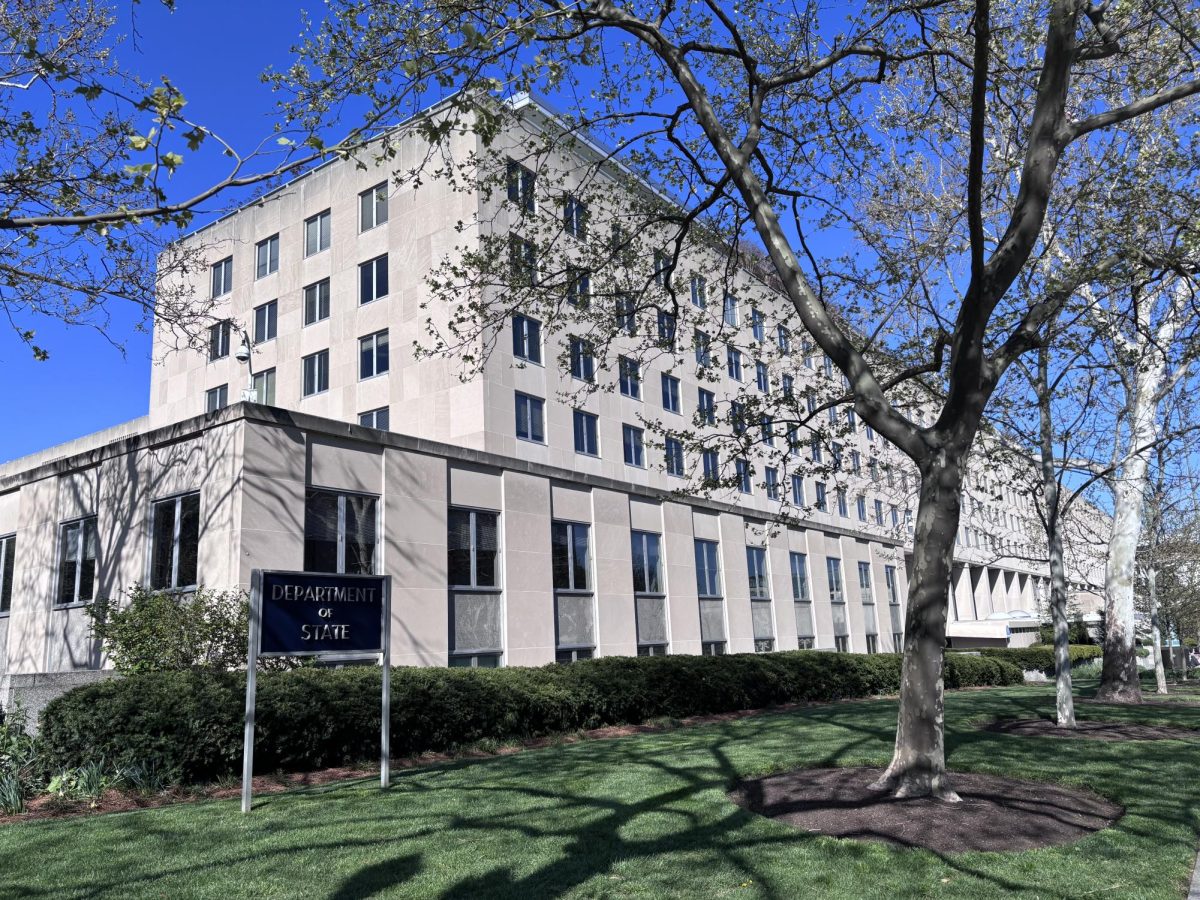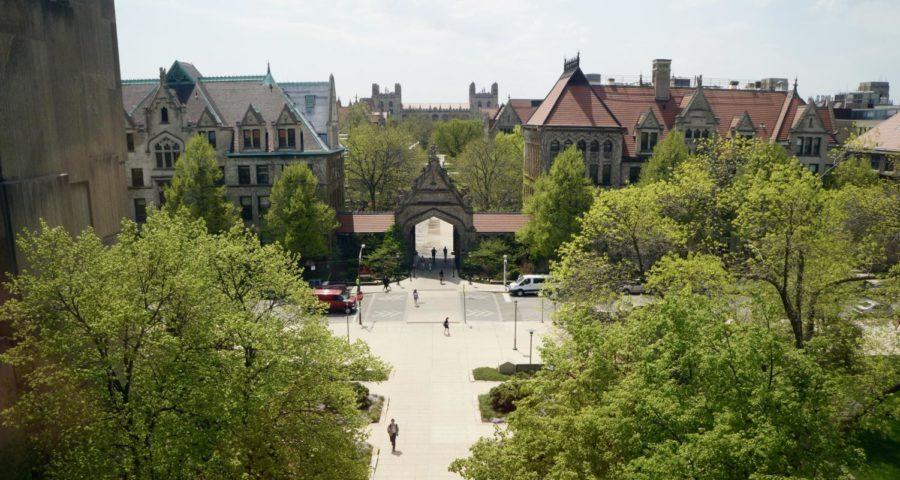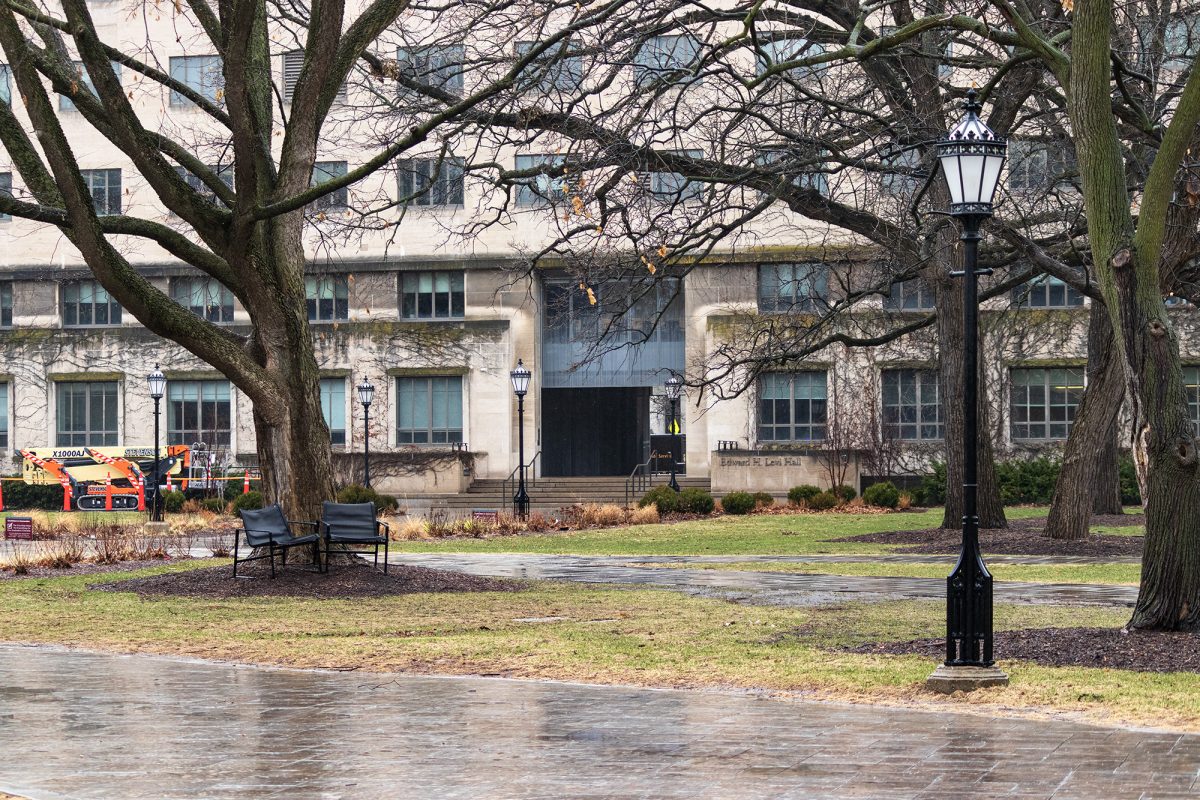In a study published earlier this month by the UChicago Urban Labs’ Poverty Lab, a team of researchers found preliminary evidence of a link between increased academic and financial support and rising future community college graduation rates in Chicago.
The Poverty Lab, which aims to work with community organizations to test and scale programs that aid social mobility, partnered with Chicago-based nonprofit One Million Degrees (OMD) to analyze the effect its support program is having on student outcomes in terms of enrollment and persistence to a subsequent term. Its first-year findings showed that students who were assigned to OMD support saw a 23–27 percent increase in college enrollment and 35 percent increase in spring-term persistence, which is defined as staying in school from fall through spring term.
“We know that community college has this potential to be an incredible vehicle for social mobility,” Poverty Lab Scientific Director Kelly Hallberg said. “It’s real and tangible in terms of people’s lives.”
Yet, Hallberg notes that the three-year graduation rate in Chicago’s community college system, City Colleges, hovers around 23 percent. Though this is an increase from its single-digit graduation rates a decade ago, the rate lies below the national average of 30 percent. Increasing this rate means improving economic feasibility for community college students, who are more likely to be first-generation, low income, and of color than four-year public college students. Most of the Poverty Lab study’s participants were Hispanic or African-American. The study also notes that having a college degree is associated with a decrease in the risk of incarceration from 21 to 6 percent.
OMD provides support to students in three spheres—financial, academic, and personal—in hopes of increasing student persistence. In the Poverty Lab study, half of the eligible applicants were randomly assigned to receive OMD support. Students selected received a $1,000 or $750 stipend and Last Dollar Scholarships (a program based on financial need) to address financial insecurity, a program coordinator with whom they can regularly meet, and tutoring and referral to additional academic support as needed.
The wide range of resources provided by OMD in its mission to increase community college enrollment and retention is at the crux of its theory of change, a theory that Hallberg stressed as a key component to the program’s success. The study notes that its results indicate “comprehensive support programs” like OMD can be generalized on a larger scale.
“We know from other research that if [the program is] too small, you won’t move the needle. If it’s just emergency financial assistance, then that doesn’t tend to work, and if it’s just academic remediation, that doesn’t tend to work,” Hallberg said. “But maybe there are some efficiencies within these comprehensive models that can help us think about scale.”
OMD’s potential to expand its scale is derived in part by its status as a non-profit. Rather than being a program specific to the City College system, the independent nature of OMD allows for it to potentially expand into other college networks.
“The pathway for scale [for OMD] could be bigger because they could work with a bunch of different systems; they don’t have to be limited to Chicago,” Hallberg said.
Though early findings point to the program’s effectiveness, evidence to the contrary would have been informative too, Hallberg noted. OMD’s Chief Executive Officer Paige Ponder, whom Hallberg described as a “visionary leader,” said that she had a gut instinct that the program worked, but she was bent upon changing it if the results showed otherwise.
“It’s exciting that we’ve been able to find the results that really do show that gut instinct she had that it’s moving the needle was totally right on,” Hallberg said.
Certain findings in the study stood out to the Poverty Lab. In particular, the program had a large effect on high school students staying enrolled in the colleges they intended to go to. This points to the prominence of the support high school students receive in the pre-matriculation period, particularly reminder “nudges” meant to encourage class registration and completion of financial aid documents—actions that are crucial for enrollment.
Completing the FAFSA and filling out enrollment documents can be insurmountable barriers in successfully transitioning to college, especially for first-generation students, who are navigating the college enrollment process for the first time with no familial precedent.
“It turns out knowing you have a place to land seems to really matter, not only in terms of if students stay connected to school, but if they show up in the first place,” Hallberg said.
Indeed, high school student participants in the program showed a rate of persistence to the next school term almost double that of the control group—a statistic also more significant than the effect the program had on participants already enrolled in community college.
Despite the early promise of the program, Hallberg noted the significant cost per student, which is around $3,000. As such, determining the most efficient weight for components of the program is key to serving as many students as possible.
“I think that’s core to the work we do…trying to figure out if we can provide rigorous evidence, [and] then you can help policymakers and funders double down on the stuff that works, and so if they can see that this really is a good use of the dollars that you have,” Hallberg said, “then our hope is that it can lead to more sustained financial resources so that it can serve more students.”









